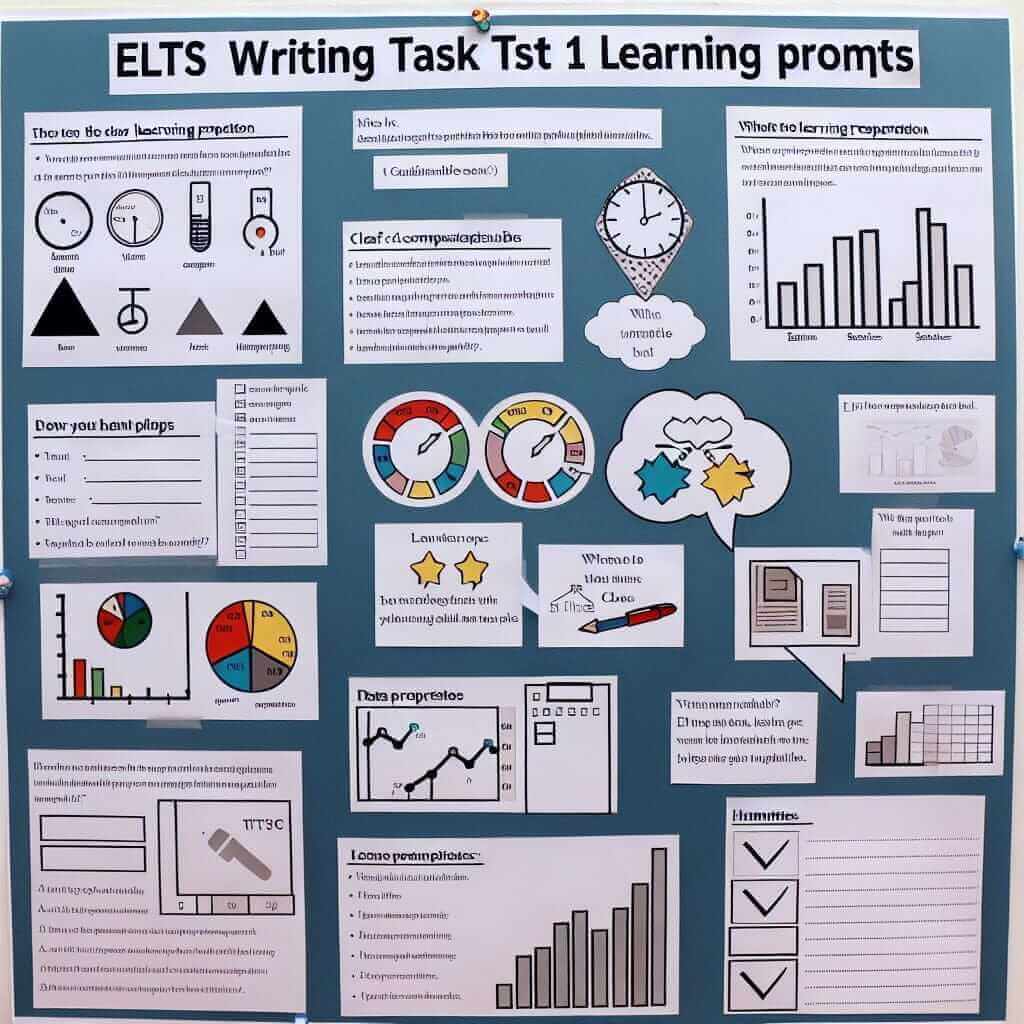When preparing for the IELTS exam, one significant part to focus on is the Writing Task 1. This task assesses your ability to analyze and interpret data, and effectively communicate your findings. Below, we’ll delve into effective tips to excel in this task, supplemented with real-life examples and practical advice.
Understanding IELTS Writing Task 1
What is IELTS Writing Task 1?
IELTS Writing Task 1 requires you to summarize, report, and compare information presented in graphs, charts, tables, or diagrams. The key is to identify significant trends, compare data efficiently, and convey the information in a clear, logical manner.
Common Types of Tasks
- Bar Charts
- Line Graphs
- Pie Charts
- Tables
- Processes or Procedures
- Maps
Understanding these types is crucial as each demands a slightly different approach.
Key Tips for IELTS Writing Task 1
1. Analyze the Task Properly
Before you start writing, spend a few minutes analyzing the task:
- Identify what the chart is depicting.
- Note the units of measurement.
- Look for significant trends and points for comparison.
Example:
In a line graph showing the population growth in different countries from 2000 to 2020, recognize the highest and lowest points, and any notable trends over the period.
2. Plan Your Structure
A typical structure includes:
- Introduction: A brief paraphrase of the task description.
- Overview: A summary of the main trends or differences.
- Details: Specific data comparisons and interpretations.
Example Structure:
- Introduction: The line graph illustrates the population changes in three countries over a 20-year period.
- Overview: Generally, Country A had a steady increase, while Country B experienced fluctuations, and Country C showed a dramatic rise.
- Details: Country A’s population rose from X to Y, showing a consistent growth. In contrast, Country B’s figures fluctuated between X and Y. Country C saw a peak surge from X to Y, notably between years ABC and DEF.
3. Use a Range of Vocabulary and Grammar
- Use diverse vocabulary to describe trends: increase, rise, decrease, fall, fluctuation, peak, steady, dramatic.
- Employ varying sentence structures: simple, compound, and complex sentences to show grammatical range.
Example:
- Vocabulary: “The population surged significantly in Country C, whereas Country A witnessed a gradual increase.”
- Grammar: “While the population in Country A steadily increased, Country B experienced erratic changes.”
4. Practice Data Interpretation
Understanding how to interpret data correctly is pivotal. Pay attention to:
- Trends: Overall increases or decreases.
- Comparisons: Similarities and differences between data points.
- Details: Specific figures where necessary.
Example:
When describing a bar chart showing monthly rainfall in two cities, don’t merely list numbers; compare them: “City Y consistently received more rainfall than City Z across all months, peaking in April with 120mm compared to City Z’s 80mm.”
5. Avoid Common Mistakes
- Word Count: Ensure your response is at least 150 words.
- Repetition: Avoid repeating words or phrases.
- Detail Overload: Don’t describe every minor point; focus on significant trends and data comparisons.
Common Errors:
- Misinterpretation of Data: Incorrectly stating trends or figures.
- Overcomplication: Using overly complex words or structures in an attempt to impress.
6. Practice Regularly
- Timed Practices: Simulate exam conditions with timed writing sessions.
- Review and Feedback: Analyze your work for errors and areas of improvement.

Practice Strategy:
Block out 20 minutes daily for task practice. Use past IELTS papers to simulate real exam conditions. After each session, review for grammatical mistakes, coherence, and spelling.
Conclusion
Excelling in IELTS Writing Task 1 requires a clear understanding of the task types, meticulous analysis, and a structured approach. By diversifying your vocabulary and perfecting your data interpretation skills, you can present a coherent and precise summary. Always practice with a strategic focus on identifying significant trends and constructing clear comparisons. Remember, practice and review are your best tools for success.
Explore more tips and practice materials on our website, and feel free to share your experiences or questions in the comments below. Good luck with your IELTS preparation!